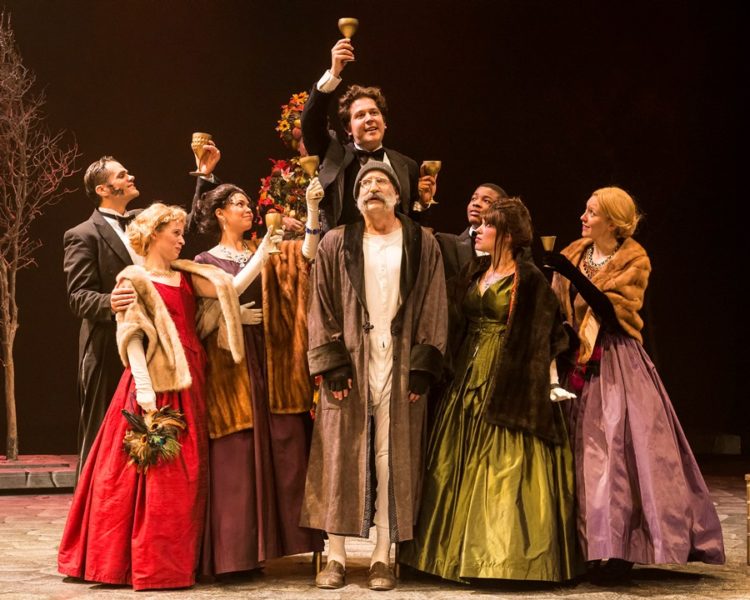
– Photo by Terry Miller / Beacon Media News
Civic Center Task Force Established; One Arroyo Project Receives Initial Funding
By Gus Herrera
As the dog days of summer weigh down on the rest of us, the Pasadena City Council stayed busy and tackled a full agenda.
Highlights from their most recent meeting included the establishment of a Civic Center citizens’ task force and the authorization of $350,000 for the city’s One Arroyo Project – acts that council hopes will secure the future of two of the city’s greatest assets.
But the evening began with the approval of three transit-related items that will have a much more immediate impact on residents.
The first item will allow the city to implement a redesigned traffic signal network. A $741,235 contract with Crosstown Electrical and Data Inc. will upgrade the city’s transportation management center, which manages over 350 traffic signals within the department of transportation’s digital network.
According to city staff’s report, the current “single class B flat network with no dynamic redundancy” will be transformed into “a dynamic and redundant traffic signal network.”
In addition to updating the system, this will also allow the city’s digital infrastructure to be compatible with any future advances in technology down the line.
A second item will expand crossing guard services, adding San Rafael Elementary School to the city’s roster. The move will bring the total number of PUSD sites serviced by crossing guards to 17.
The third item approved the purchase of four 35-foot natural gas buses, in an attempt to alleviate congestion on the bus lines with the heaviest demand: Routes 20, 31/32 and 40.
According to city staff, these routes carry over 85 percent of the city’s 1.6 million annual passengers and experience “severe overcrowding on a daily basis.”
The routes currently utilize 32-foot buses, which regularly reach capacity during peak hours. City staff also cited that the Metro Gold Line Foothill Extension “has placed added strain on these routes.”
The city hopes that the larger buses will, “alleviate the overcrowding on these routes by adding about 25 percent passenger capacity per bus without increasing the operating budget.”
Council Member Victor Gordo questioned whether adding four buses will truly solve the problem. He argued that if 85 percent of passengers are concentrated on four routes, then maybe the transportation department should re-examine the “system as a whole” and consider manipulating routes to meet demand, instead of employing the “patchwork” approach of simply adding buses.
Fred Dock, director of transportation, revealed that staff is in the process of drafting a new transit strategy and will soon present their work to the transportation advisory commission.
Upon conclusion of the consent calendar, council established a citizens’ task force to oversee potential Civic Center improvements.
The task force will be comprised of 15 members. Council will appoint one member each, the mayor will appoint two, and the remaining six will be representatives from the following city commissions/organizations: planning, design, transportation advisory, historic preservation, Pasadena Heritage and the Downtown Pasadena Neighborhood Association.
There will also be a mediator hired in order to ensure that the group proceeds in a timely and transparent manner. Additionally, as the task force was created by council, the group is subject to all Brown Act regulations.
The task force will consider development options for the YWCA/YMCA blocks, examine the programming of rights of way within the Civic Center’s streets and examine potential landscape/hardscape improvements.
Council also approved funding for the One Arroyo Project, an ambitious plan to reinvigorate the city’s greatest natural asset, the Arroyo Seco.
Efforts will be headed by the Arroyo Advisory Group (AAG), a selection of Pasadena leaders co-chaired by former Mayor Bill Bogaard and Doug Kranwinkle. Administrative and financial aspects will be managed by the Rose Bowl Operating Company.
As an opening project, the group hopes to create an end-to-end trail system that will unify the Arroyo.
The group is also tasked with acquiring new streams of cash-flow to fund future projects and maintenance of the area.
Those interested should attend their next meeting on July 25 at the Pasadena Center Conference Building at 6:30 p.m. For more information, visit OneArroyo.org.





